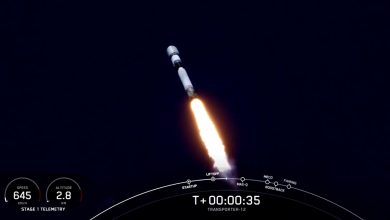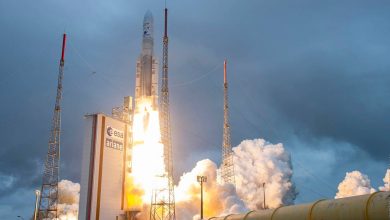Nasa to launch mission SPHEREx to trace origins of life soon after Big Bang | Technology News

The National Aeronautics and Space Administration (Nasa) is set to launch an ambitious mission, SPHEREx, a mega telescope designed to scan over 450 million galaxies in the Universe in search of the origins of life.
The observatory will be launched aboard Elon Musk-owned SpaceX’s Falcon 9 on March 2, where SPHEREx will be the primary payload. PUNCH, a solar mission, will piggy back SPHEREx during the scheduled launch. Earlier, the launch was planned on February 28.
SPHEREx or the Spectro-Photometer for the History of the Universe, Epoch of Reionization and Ices Explorer is the latest mission that will peer back in time and look for clues within dusty stellar clouds and explore what could have occurred soon after the Big Bang over 13 billion years ago.
During the two-year mission, SPHEREx will conduct a survey of the entire sky, both in the optical and near-infrared bands, once every six months covering hundreds and thousands of galaxies, both near and far off ones, and look for traces of life in peculiar areas where stellar activity is high — within the stellar nurseries, gas-abundant pockets where stars are born, discs around the stars, etc. All this data will be ultimately used to stitch together a colourful 3D map. This sky map will be made in 102 different color bands, making it the richest map ever generated of the entire sky.
This spectroscopically rich map will aid scientists in precisely looking for the chemical components, like water, oxygen, carbon dioxide, and more.
SPHEREx will make use of technologies adapted from Earth satellites and interplanetary spacecraft.
Scientists from the California Institute of Technology, Nasa’s Jet Propulsion Laboratory along with members from multiple institutes and universities, including John Hopkins University, the University of Arizona, the Harvard-Smithsonian Centre for Astrophysics, and Ohio State University have contributed in designing and building SPHEREx.
Story continues below this ad
SPHEREx will, exclusively, look for water, carbon dioxide, carbon monoxide, and other key elements frozen in regions where thick interstellar dust grains are present, known as molecular clouds, where the planets and stars eventually form.
Nasa plans to make more than 9 million line-of-sight observations to generate 3D images of the sky, which they say will help scientists visualise better the amounts of ice present.
© The Indian Express Pvt Ltd




